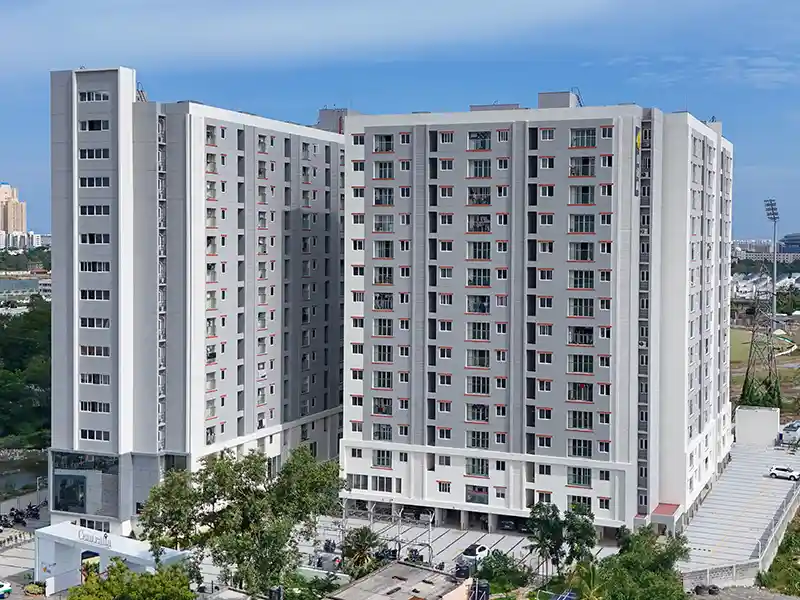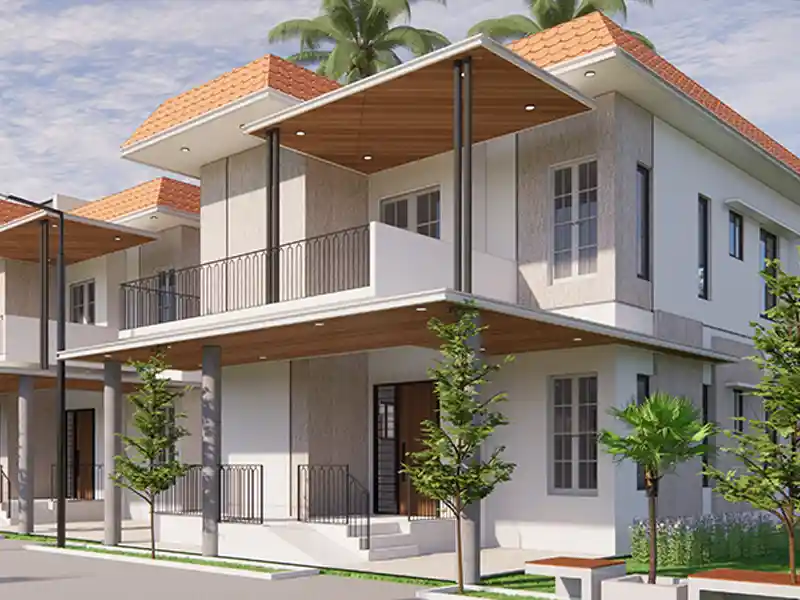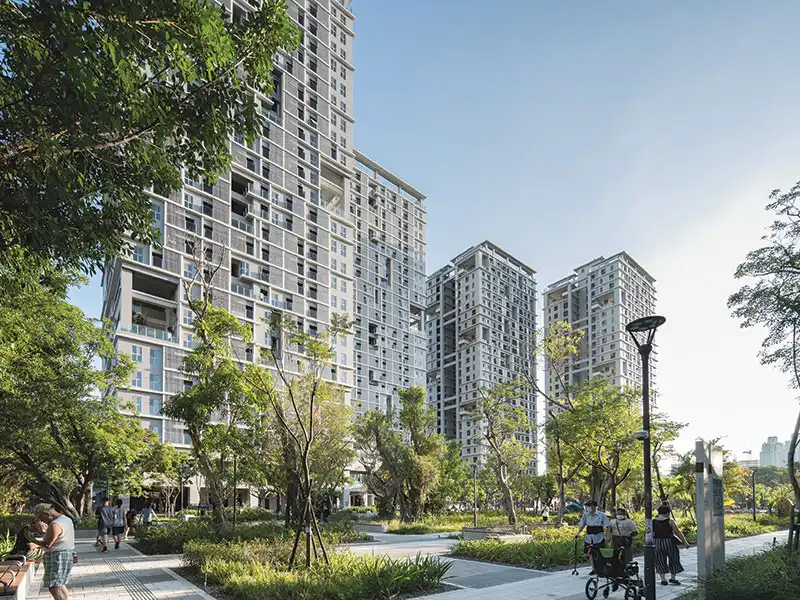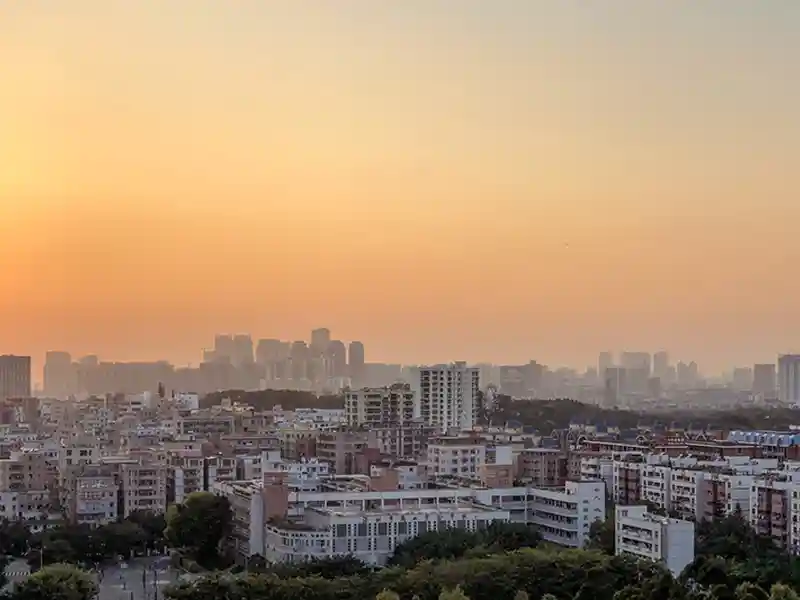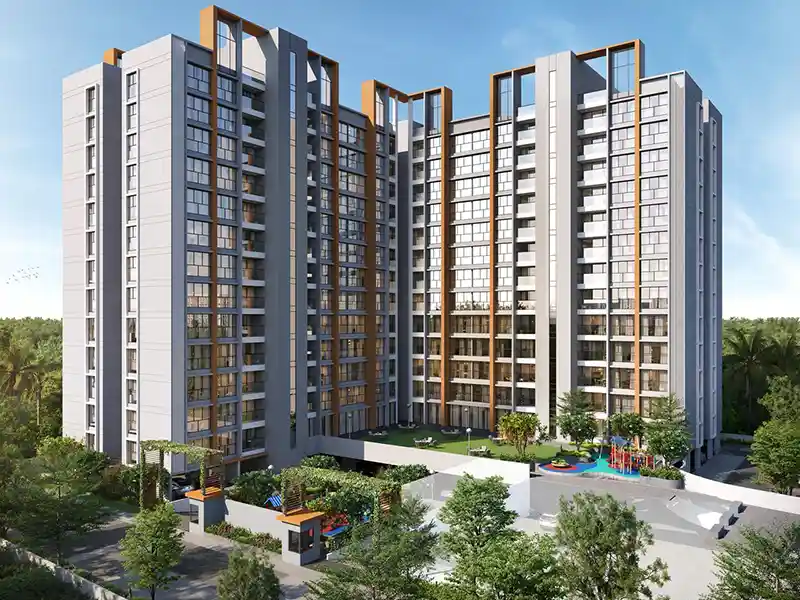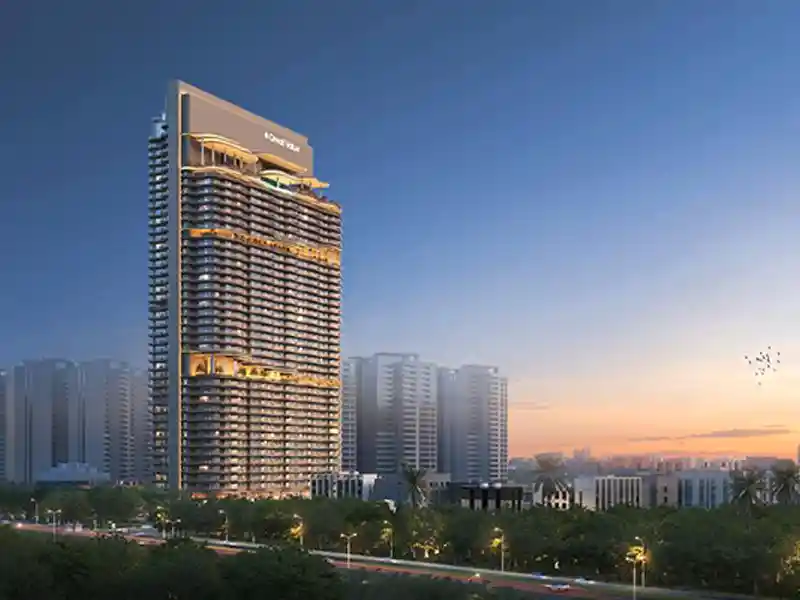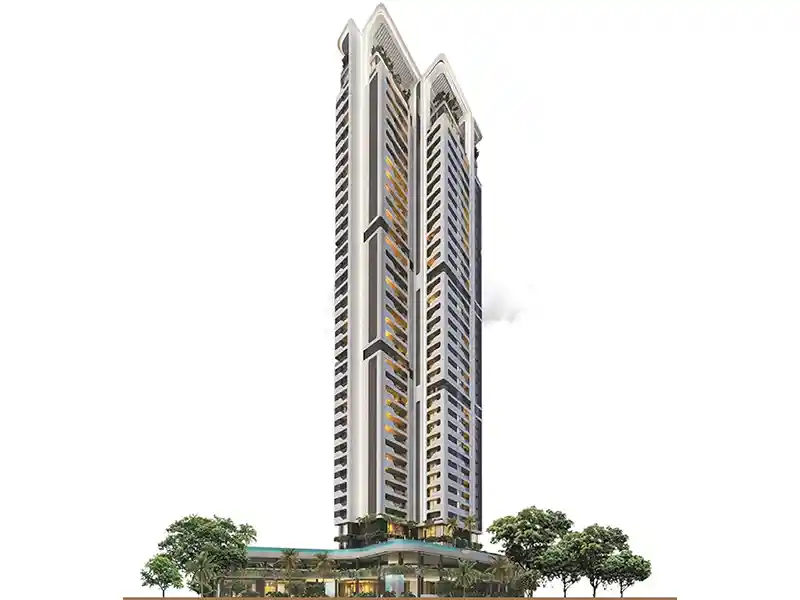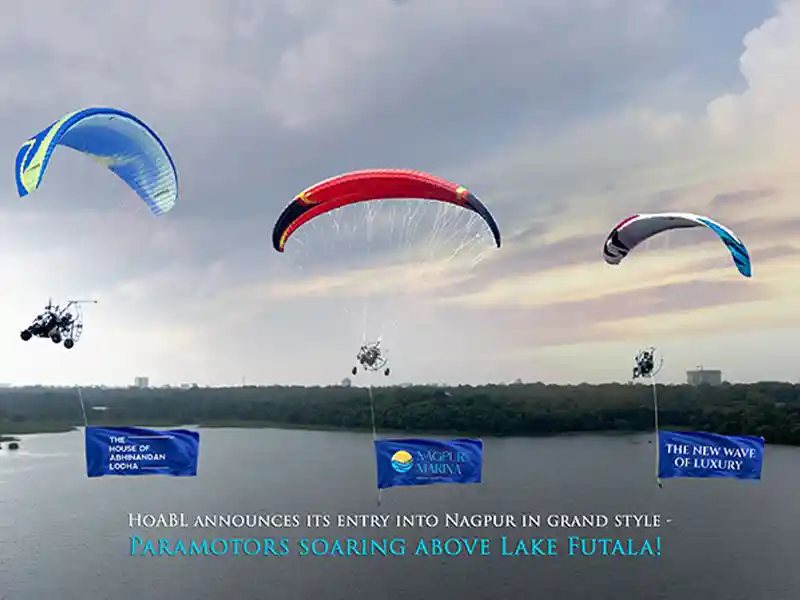Mitu Mathur, Director, GPM Architects and Planners
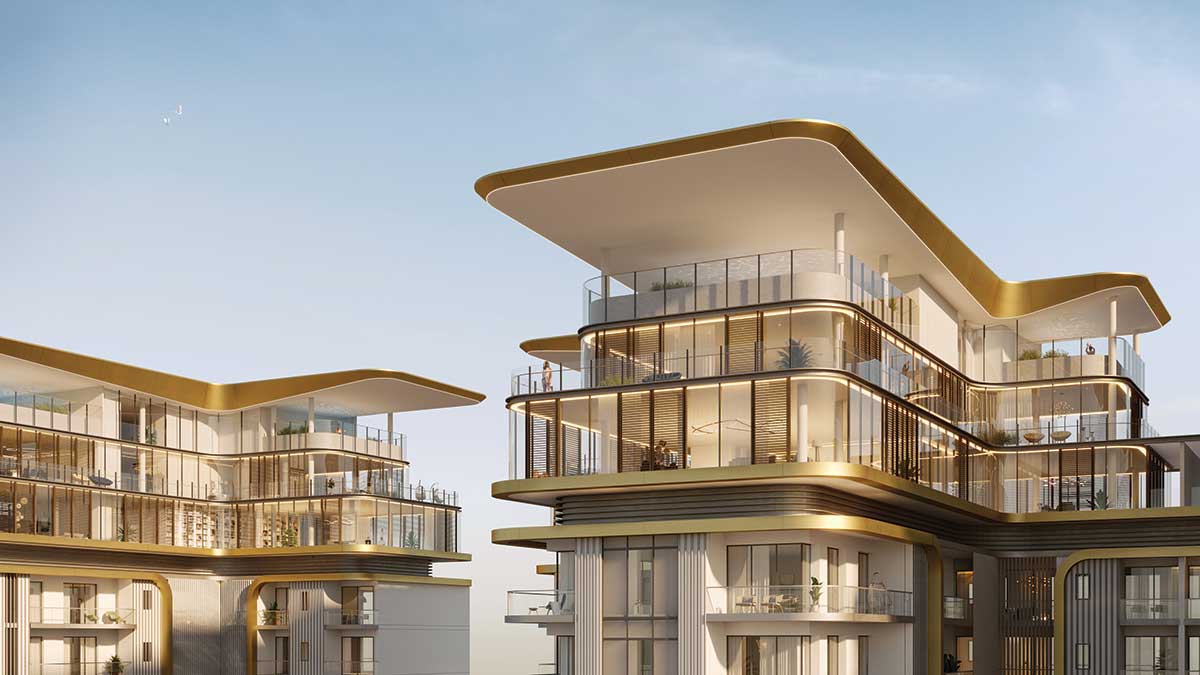
Urban areas today necessitate the need for constant growth and change. With the increase in social and economic demands, our cities have not been able to respond to this change effectively. The Covid-19 pandemic has made us realise how the spaces that we inhabit can profoundly be impacted by changing situations as contemporary cities were not designed keeping in mind such events.
Reevaluating the built environment
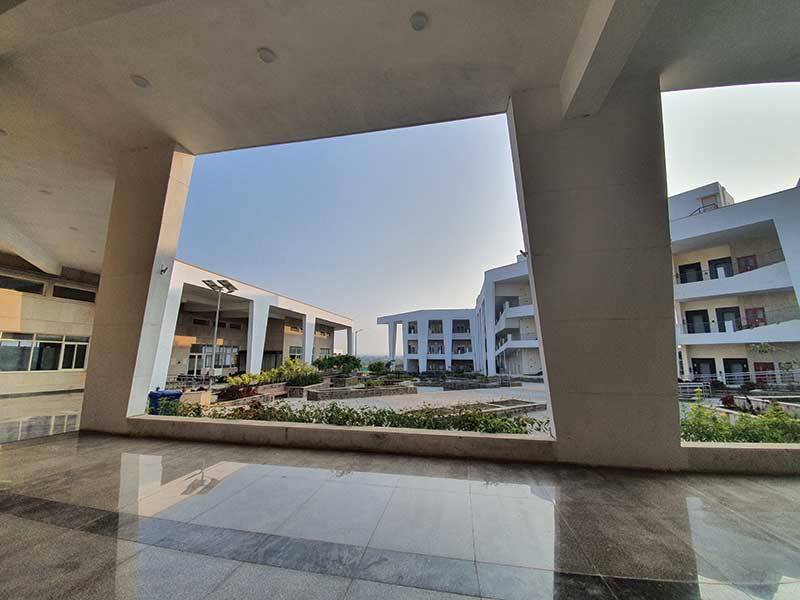
During the Covid-19 pandemic, adaptability and resilience have become the new buzzwords in the construction industry, especially with numerous commercial centres, hotels, stadiums, and parking lots being adapted into makeshift healthcare facilities. This has brought a considerable shift in the way we view our built environment and the need to re-evaluate them to come up with solutions that can cater to these ever-changing circumstances for better, safer, and sustainable cities.
Adaptability in design
Adaptability refers to the ability of spaces to accommodate significant changes over the course of their lifetime without compromising the needs and safety of the users. The continuous reimagination of the layout of our cities and built forms to the evolving needs of humans and the environment is an indicator of an adaptable design. In fact, the future of our cities depends on such easy modifications according to the present requirements.
To create adaptable designs, new practices need to be integrated, which lay down the various measures that we, as architects and designers, can take into account while designing buildings. Especially in the housing segment, a lot of importance is being given to introducing sizable balconies and open areas within the residential towers; these facilitate an extension of the homes in a more recreational way and enhance the living experience of the residents.
With new innovations and rising demand for comfort and convenience, buildings should be designed such that they can adapt, evolve, and change with time
Mitu Mathur
Flexibility in design
Access to more green open areas is also necessary for the mental and physical health of people and to facilitate crowd management. With social distancing becoming the norm, we must incorporate such flexibility in our designs to cater to the changing lifestyle. For instance, one of our new projects, the Amaryllis in Delhi, has flexible spaces and open green areas to cater to the changing needs of the occupants.
A significant shift in the design strategy for our cities is also needed to adapt to multiple functions. Utilising the spaces that already exist in different ways, making spaces more pedestrian-friendly and implementing hygiene protocols such as regular sanitisation of spaces are some of the steps that can be taken to build resilience against the pandemic.
In terms of built forms, residences need to be designed with better ventilation to offer more light and air circulation. Large-scale commercial and corporate complexes need to be designed as column-free spaces to introduce flexibility into the design. An efficient design of structural grid and functional modules of built forms allows for an open floor plan that can be freely modified as per the need. For instance, the flexible design of our project NID Madhya Pradesh makes the spaces extremely adaptable to use with modular classrooms that can be combined or segregated as required. The design also responds to the needs of students, with multiple open areas that promote a social yet safe environment.
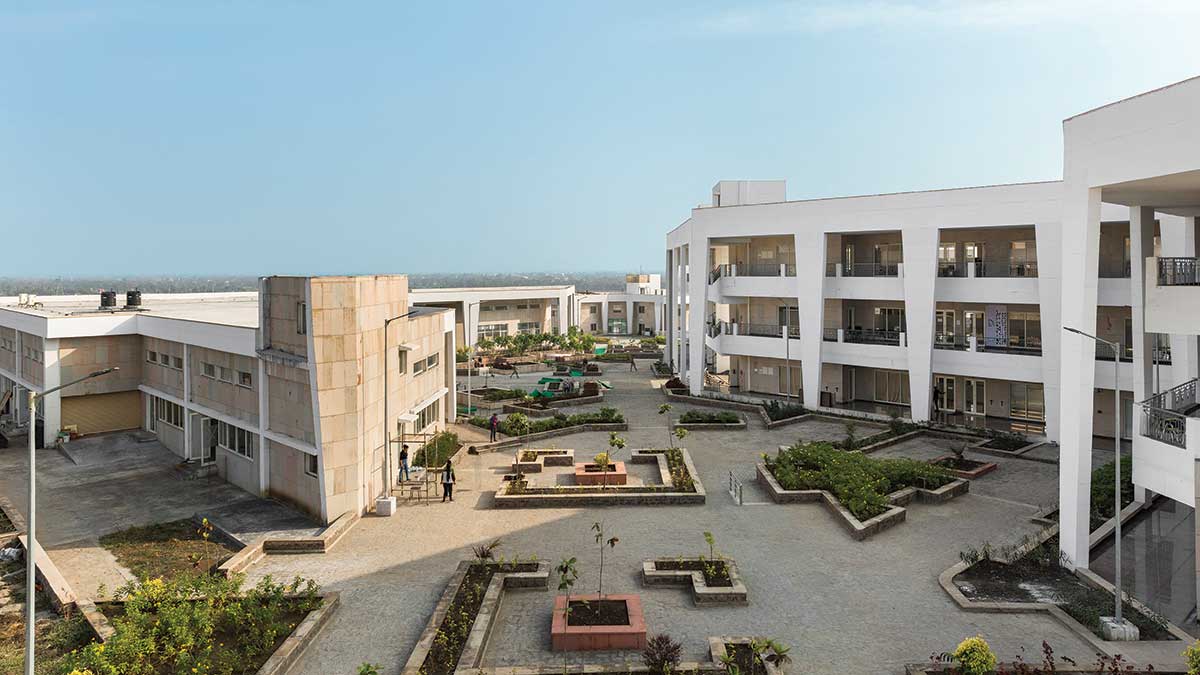
Modular constructions
Our cities, today, experience significant overexploitation and a dearth of spaces. Hence, designing modular and standardized structures can create the provision for future alterations. One of our recently completed projects, the office building at KG Marg, was converted into housing for defense personnel during the pandemic, thus giving an example of how spaces can be multi-functional and converted to serve changing needs of user groups. So, all future spaces should be designed such that they can be adapted into healthcare facilities in the event of an emergency.
The pandemic has transformed the way we live; the unpredictability of future needs and lifestyles, has left us in anticipation of how our future cities will look and how building spaces will be designed.


